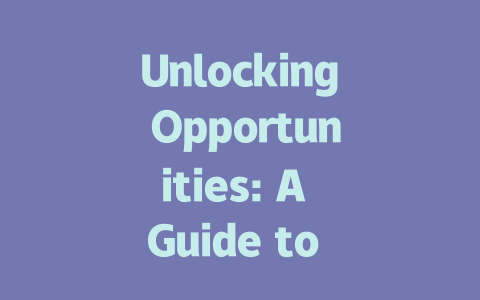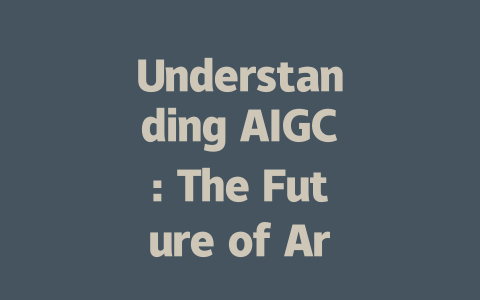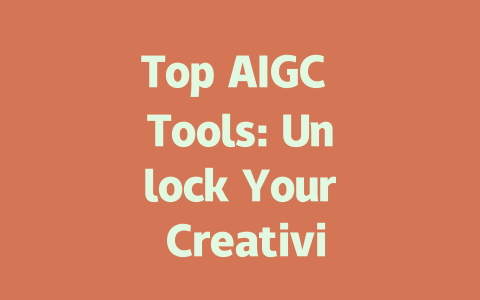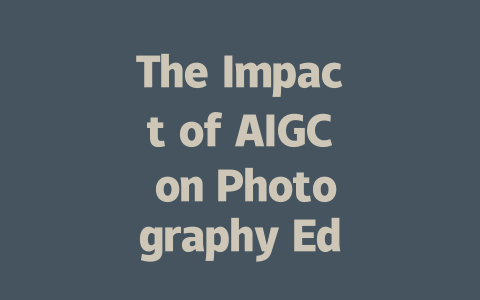
The rise of Artificial Intelligence Generated Content (AIGC) is revolutionizing various industries, and education is no exception. In particular, the field of photography art education is experiencing a transformative shift driven by the integration of AIGC technologies. This article explores how AIGC is shaping photography art education, enhancing creativity, and changing the traditional paradigms of learning and creation.
Understanding AIGC in Photography
AIGC refers to the use of artificial intelligence to produce creative content, including images, texts, and videos, leveraging algorithms, machine learning models, and extensive datasets. In photography, AIGC can analyze vast amounts of visual data to generate new photographs or even suggest editing styles that enhance a student’s original work. This relationship between technology and art opens up exciting possibilities for aspiring photographers.
Enhancing Creativity Through Technology
One of the most profound impacts of AIGC on photography education is its ability to stimulate creativity. Students can experiment with styles and ideas they may not have considered otherwise. For instance, AIGC tools can provide suggestions on composition, lighting, and color palettes based on successful techniques from historical and contemporary photography. This not only helps students to expand their creative horizons but also reduces the mental block that often plagues artists.
Personalized Learning Experiences
AIGC technologies can tailor learning experiences to individual students’ needs and skill levels. Using algorithms to assess a student’s strengths and weaknesses, AIGC can suggest customized projects or resources to maximize learning outcomes. For instance, if a student struggles with portrait photography, the AIGC system can guide them through specific techniques and best practices to improve their skills. This personalization not only fosters a deeper understanding of the craft but also motivates students to engage more fully with their studies.
Bridging the Gap Between Theory and Practice
In traditional photography education, students often learn theoretical concepts separate from practical application. AIGC seamlessly bridges this gap by providing students with real-time feedback on their work. With the help of AI tools, learners can analyze their photographs, receive constructive criticism, and implement suggested changes instantly. This interactive learning environment encourages experimentation and reinforces theoretical knowledge through practice.
Ethical Considerations in AIGC Photography Education
While the benefits of AIGC in photography education are substantial, educators must also address ethical considerations. The use of AI-generated content raises questions regarding originality and authorship. As AIGC tools become more prevalent, it is essential to discuss the implications for students’ work. Educators should emphasize the importance of developing a unique artistic voice while responsibly utilizing AIGC tools—ensuring that students understand the balance between technology and individuality.
The Future of Photography Art Education
As AIGC continues to evolve, its role in photography art education will likely expand. Educational institutions may increasingly adopt AI-driven tools to enrich their curricula, offering students cutting-edge technologies to facilitate their learning process. The collaboration between human creativity and AI capabilities can lead to innovative outcomes that push the boundaries of traditional photography.
Conclusion
The impact of AIGC on photography art education marks the beginning of a new era of creativity. With advanced tools enhancing artistic expression, personalizing learning experiences, and bridging the gap between theory and practice, students are better equipped to navigate the fast-changing world of photography. As educators embrace these technological advancements, it is crucial to cultivate a reflective approach that harmonizes the benefits of AIGC with the essence of personal artistic expression in photography. This balance will help shape the future landscape of photography education, inspiring the next generation of photographers.













暫無評論內容